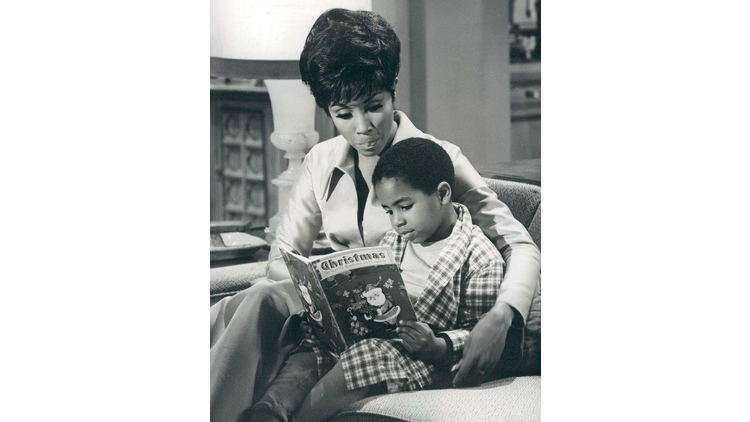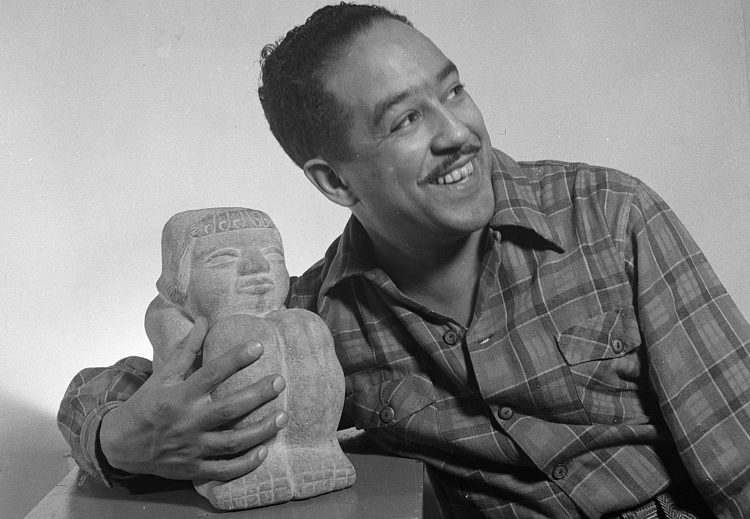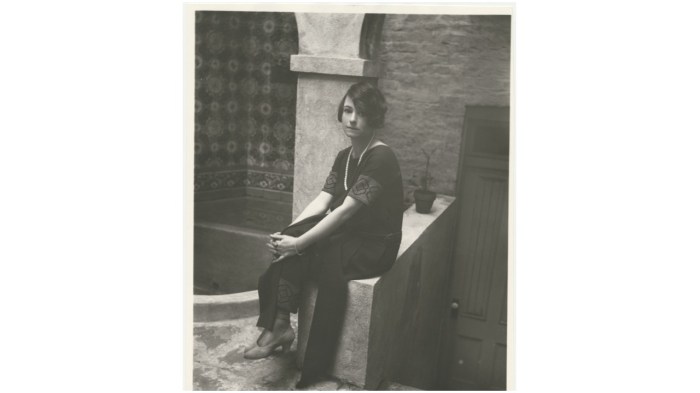Black history has shaped the United States of today. During Black History Month, we honor the contributions of prominent Black leaders in our country, as well as reflect on the struggles that Black Americans have faced. Here are five stories of Black history on Long Island.
Never miss a story
5 Stories of Black History on Long Island

Levittown, America’s First Suburb, Historically Shunned Black Families
The idyllic Long Island suburb of Levittown developed by William J. Levitt in the late 1940s made history. His experiment gave war-weary veterans the chance to own a home in the first mass-produced American suburb.
But the so-called “King of Suburbia” gained a different kind of fame when he tried to turn Blacks and other minorities away from living their American Dream. At one point, his company’s policies forced a Black family who had rented one of his homes to leave.

Recalling the Often Forgotten History of Slavery on Long Island
Long Island is known for its charming villages, historic structures, picturesque harbors, and popular festivals. But buried in the past, behind the intriguing small towns and hamlets, is an insidious truth that reveals the vicious cruelty and violence inflicted on certain residents.
That history reveals what happened in the best homes and the most well-respected families. It lasted, tolerated by nearly all, for more than 200 years.

Remembering Diahann Carroll, A Trailblazing Mother
When Diahann Carroll died of complications of breast cancer in October 2019, many mourned for the first African American woman to lead an American TV series. She broke long-standing barriers playing a professional woman and single mother in the award-winning late 1960s TV sitcom Julia.
In reality, she was also a single working mother, to her daughter Suzanne. But she augmented that role by becoming a mother figure for actor Mark Copage, who played her TV son. For years, he thought of her as the only mother he had ever known.

Langston Hughes: Writing Black America
Langston Hughes, the “poet laureate of Harlem,” led the jazz-age Harlem Renaissance. The African American neighborhood’s culture inspired poets, artists, musicians, and intellectuals to celebrate black consciousness in the 1920s and 1930s. Throughout the 1940s, “Hughes, more than any other black poet or writer, recorded faithfully the nuances of black life and its frustrations,” wrote PBS Utah.
By the 1950s, the social activist, novelist, playwright, and journalist — the man whose musical poetry anticipated that of the Beats, Black Arts poets, and rappers — was ready to remove his shoes and feel sand between his toes.

John Coltrane: Speaking to Our Souls
From the outside, the suburban Dix Hills home looks like many other ranch-style structures that dot Long Island.
But this modest Candlewood Path house has a distinctive history: In 1964, in the upstairs practice room, homeowner John Coltrane composed his Grammy award-winning album A Love Supreme. The work’s spiritual tone captured the essence of a world protesting war amid the emerging pride of African Americans seeking to honor their heritage and contributions to American culture.































